Main Frame:
The core structural framework, typically made of heavy-duty steel profiles like I-beams, H-beams, or box sections, that supports the entire drive station.
Motor Base:
A robust platform for mounting motors, ensuring stability and proper alignment with the drivetrain.
Pulley and Roller Supports:
Steel brackets or beams designed to hold pulleys, rollers, or tensioning devices in place.
Access Platforms:
Steel platforms with railings for technicians to inspect, maintain, and repair the drive station components safely.
Enclosures or Guards:
Protective steel or mesh enclosures that shield moving parts, reducing the risk of accidents and protecting the equipment from environmental factors.
Foundation Connections:
Steel plates or anchoring systems that secure the structure to the foundation, ensuring resistance to vibrations and dynamic loads.
Load Capacity:
The structure must support the combined weight of the drive station components, including motors, pulleys, and any additional loads from the operational equipment.
Vibration and Dynamic Forces:
Drive stations often generate vibrations due to the motion of belts, chains, or gears. The steel structure should be designed to dampen these vibrations and avoid resonance.
Corrosion Resistance:
For outdoor or industrial environments, corrosion-resistant materials (like galvanized steel or stainless steel) or coatings (like epoxy or paint) are essential.
Thermal Expansion:
If the structure operates in areas with significant temperature fluctuations, allowances for thermal expansion and contraction should be included.
Accessibility and Maintenance:
Platforms, ladders, and walkways should be integrated for easy access to drive components. This ensures routine maintenance can be performed safely and efficiently.
Safety Standards:
The design must comply with local and international safety codes (e.g., OSHA, ANSI, or ISO standards) to protect workers and equipment.
Design and Analysis:
Engineers design the steel structure using specialized software to simulate loads, vibrations, and other forces.
Fabrication:
Steel components are cut, welded, and assembled in fabrication shops based on detailed design drawings.
Transportation and Assembly:
Prefabricated components are transported to the site and assembled using bolting or welding techniques.
Inspection and Testing:
The completed structure undergoes inspections to ensure it meets safety and design standards, including alignment and stability tests.
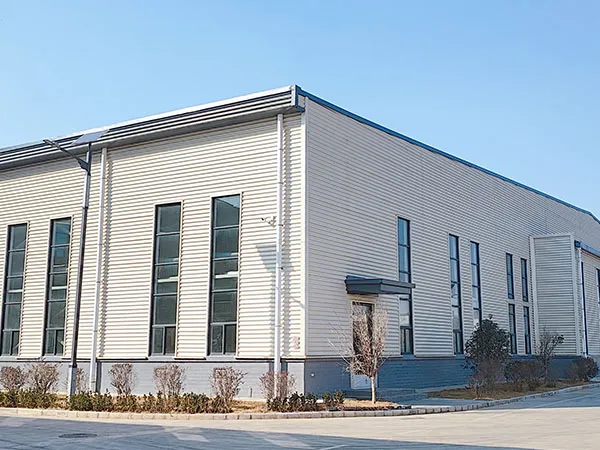
Steel Structure Workshop
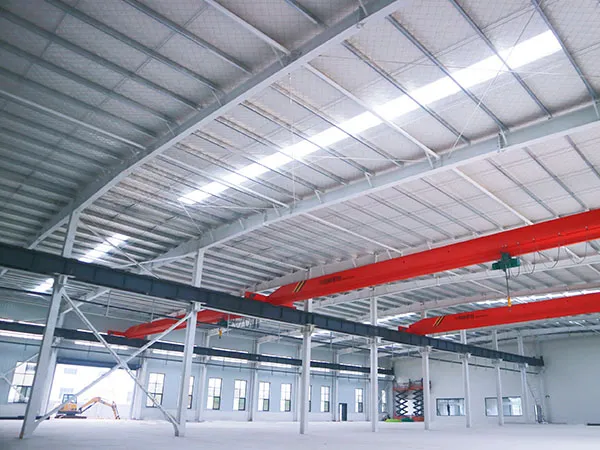
Steel Structure Factory
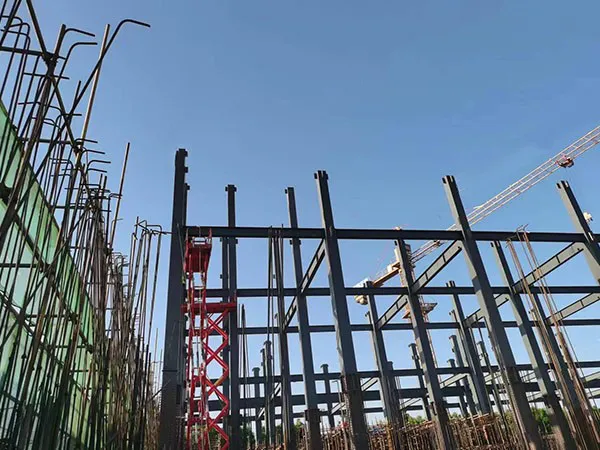
Steel Structure Cold Storage
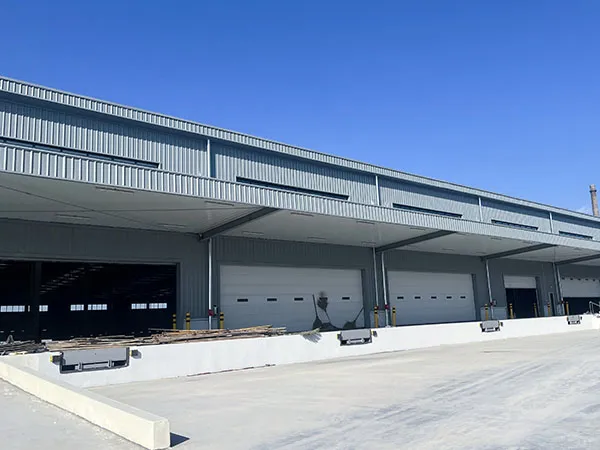
Logistics Park B04 Warehouse Steel Structure Project
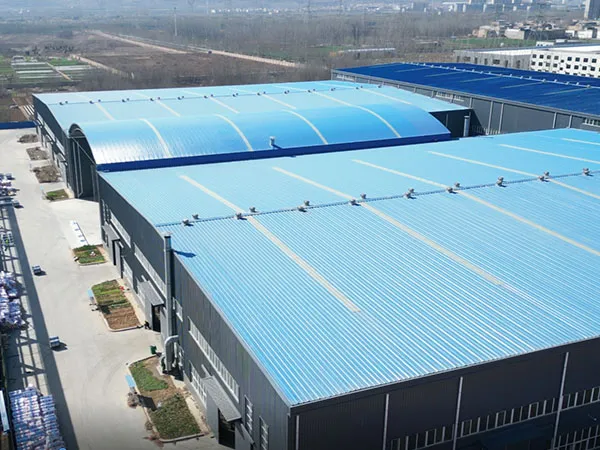
Fuchong Intelligent Glass Tempering Equipment Project
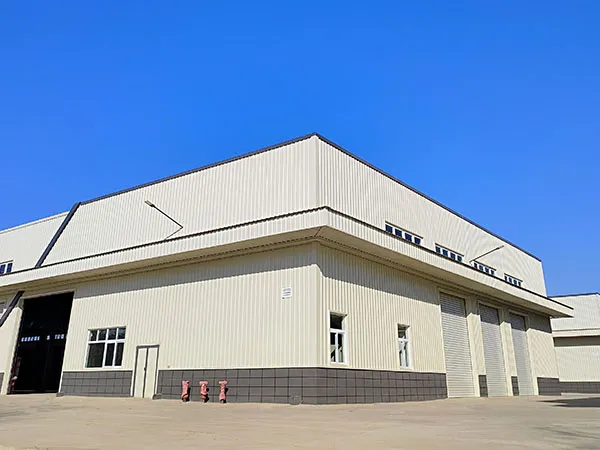
Henan Jiyuan South Passenger Transport Station Steel Structure Engineering Design Project
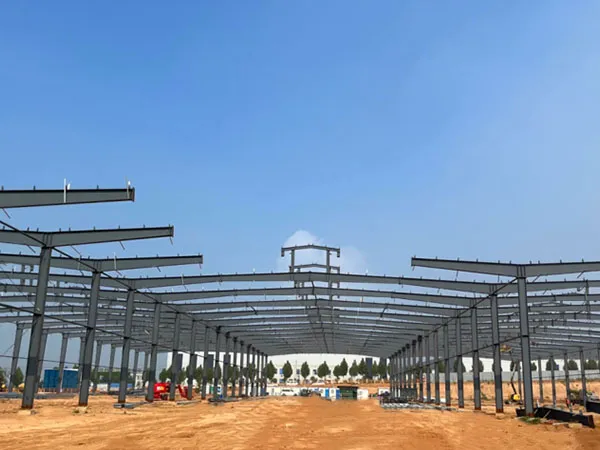
Luoyang Shangke Electrical Technology Co., Ltd. Project
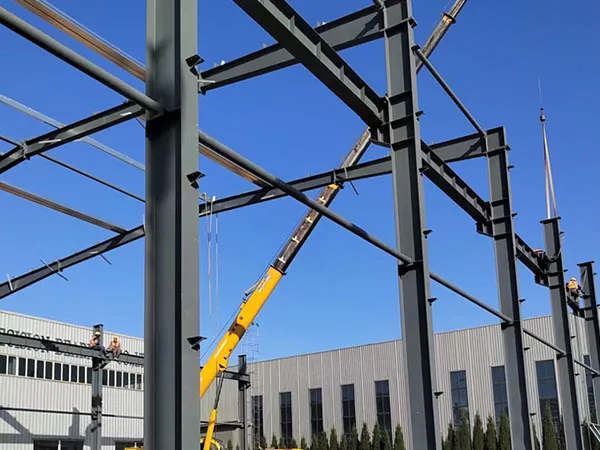
Luoyang Zhongyue Precision Bearing Co., Ltd. Steel Structure Plant Project